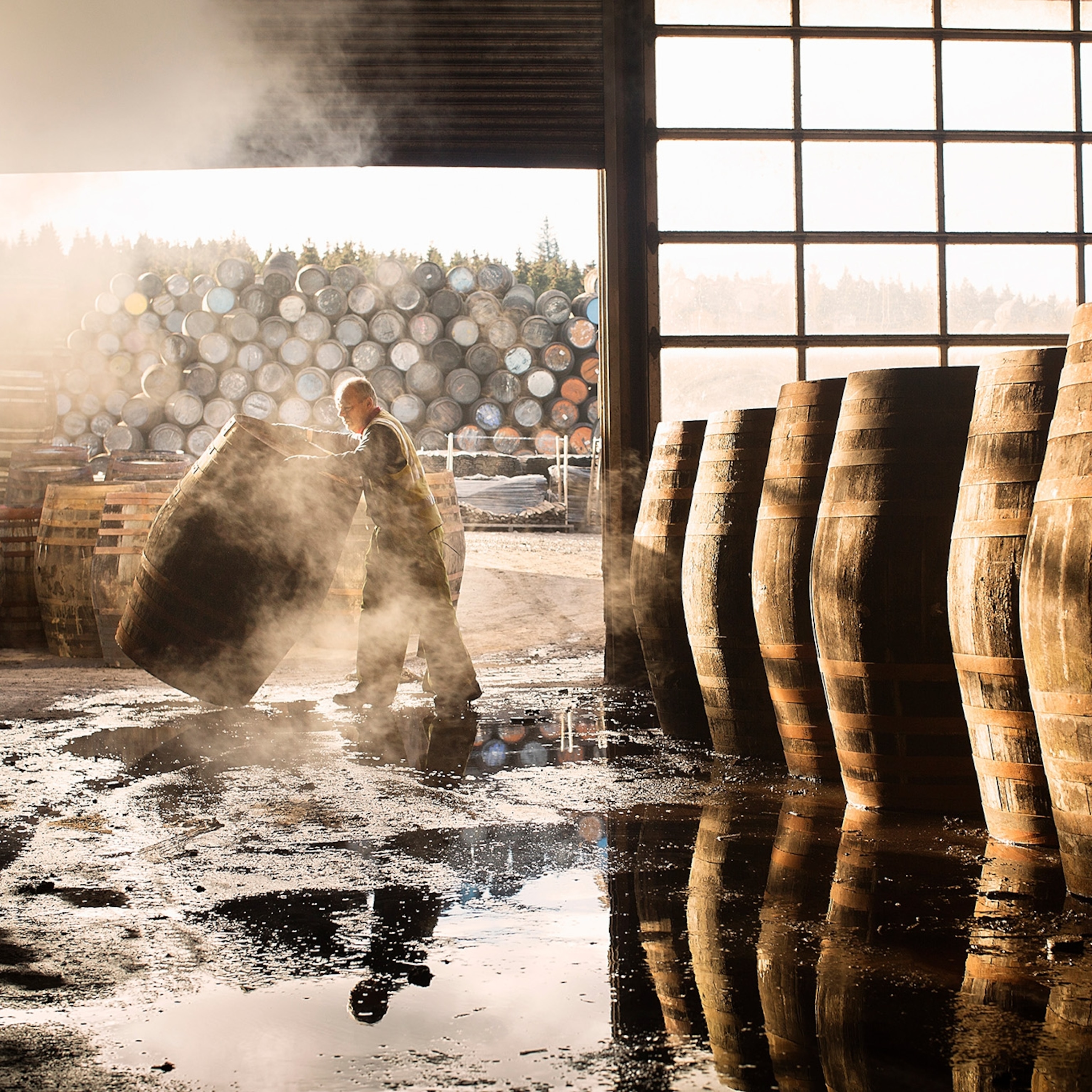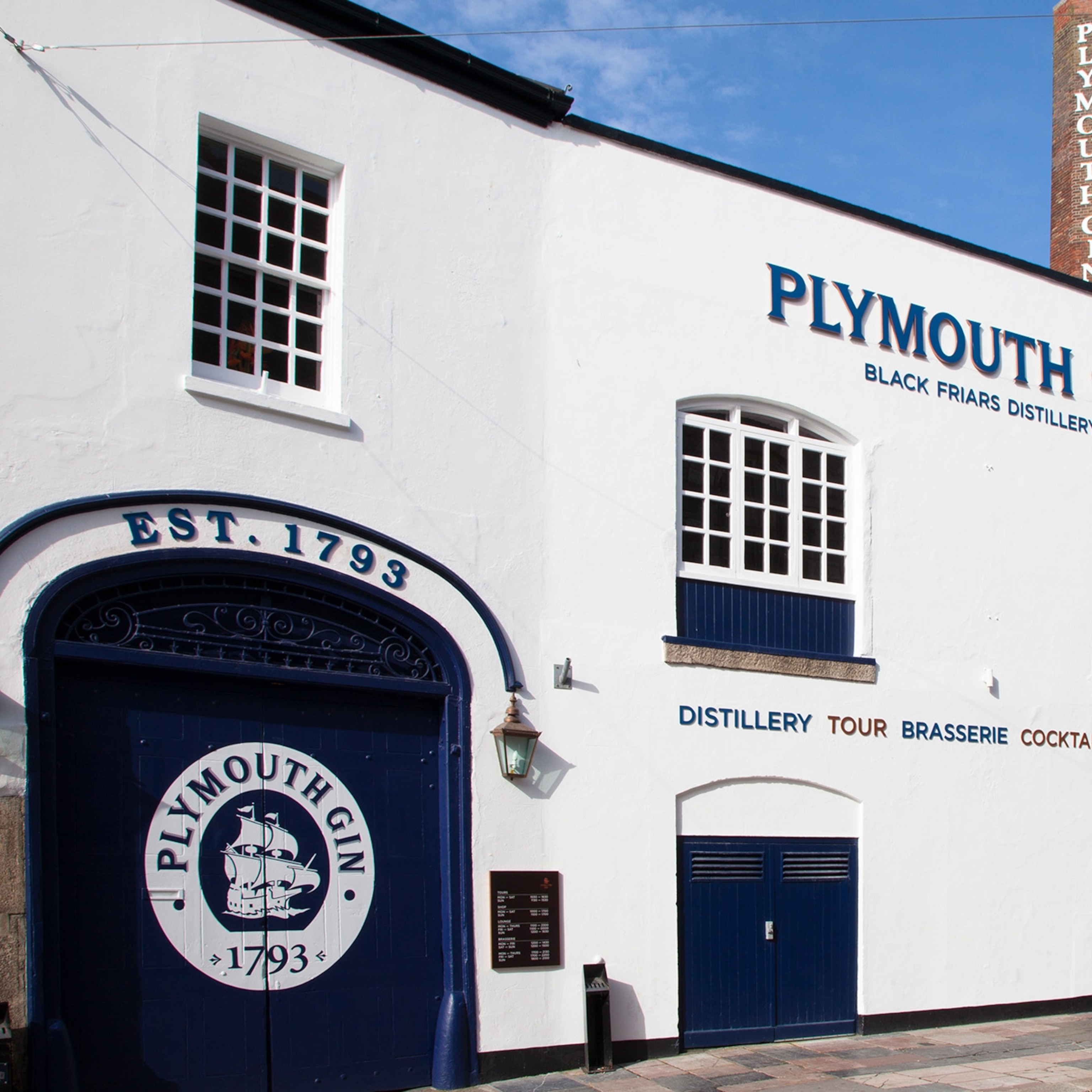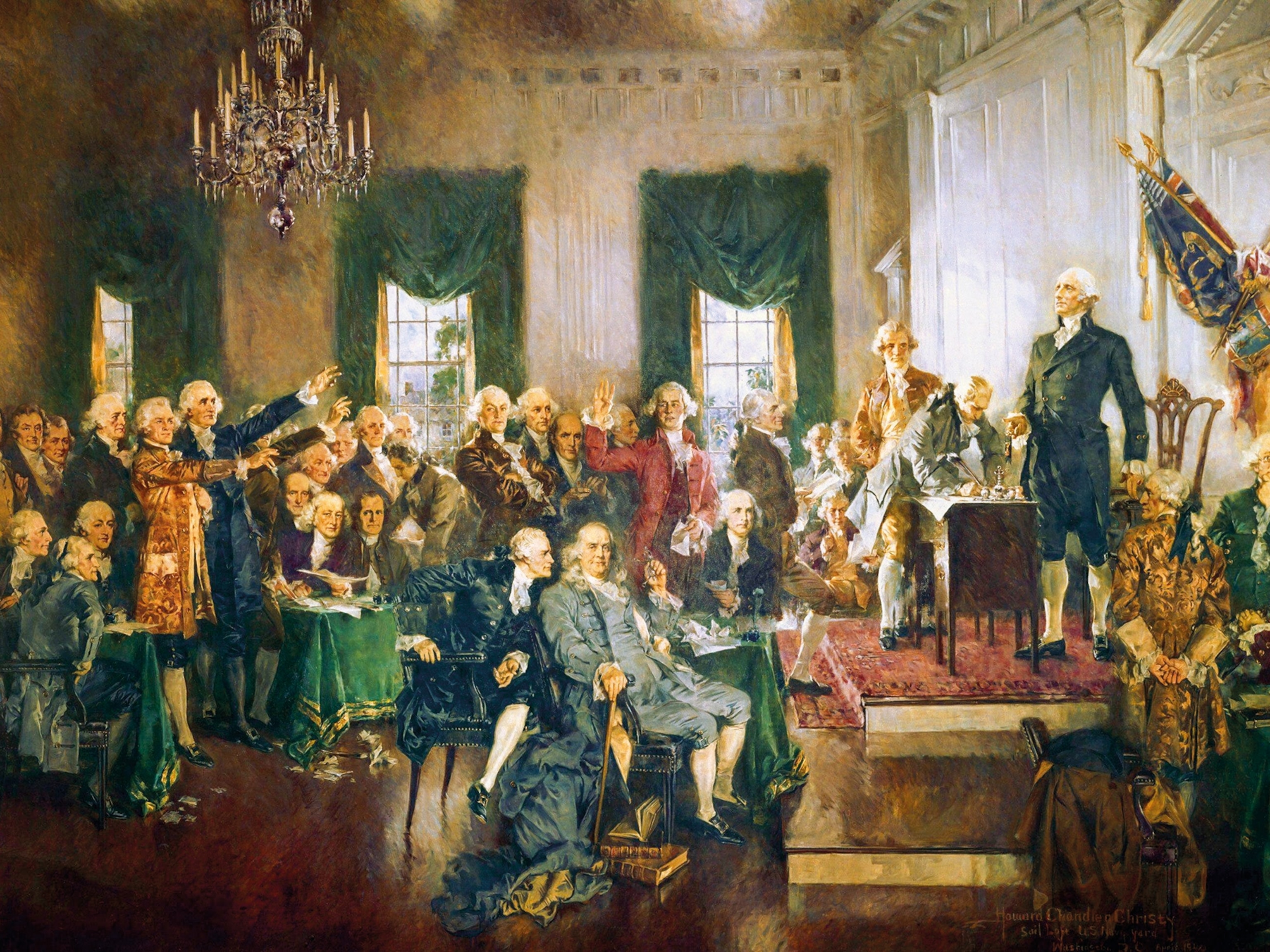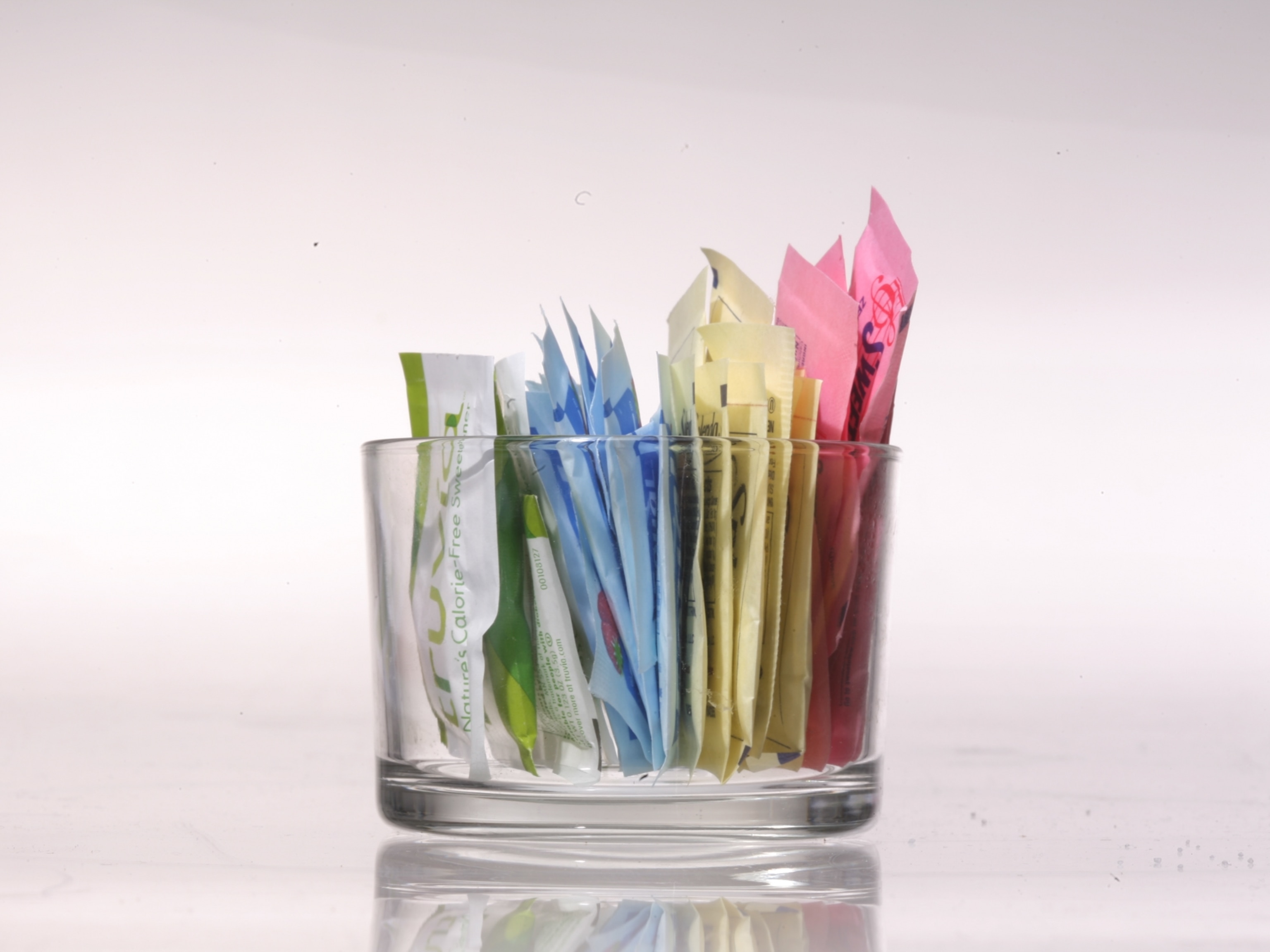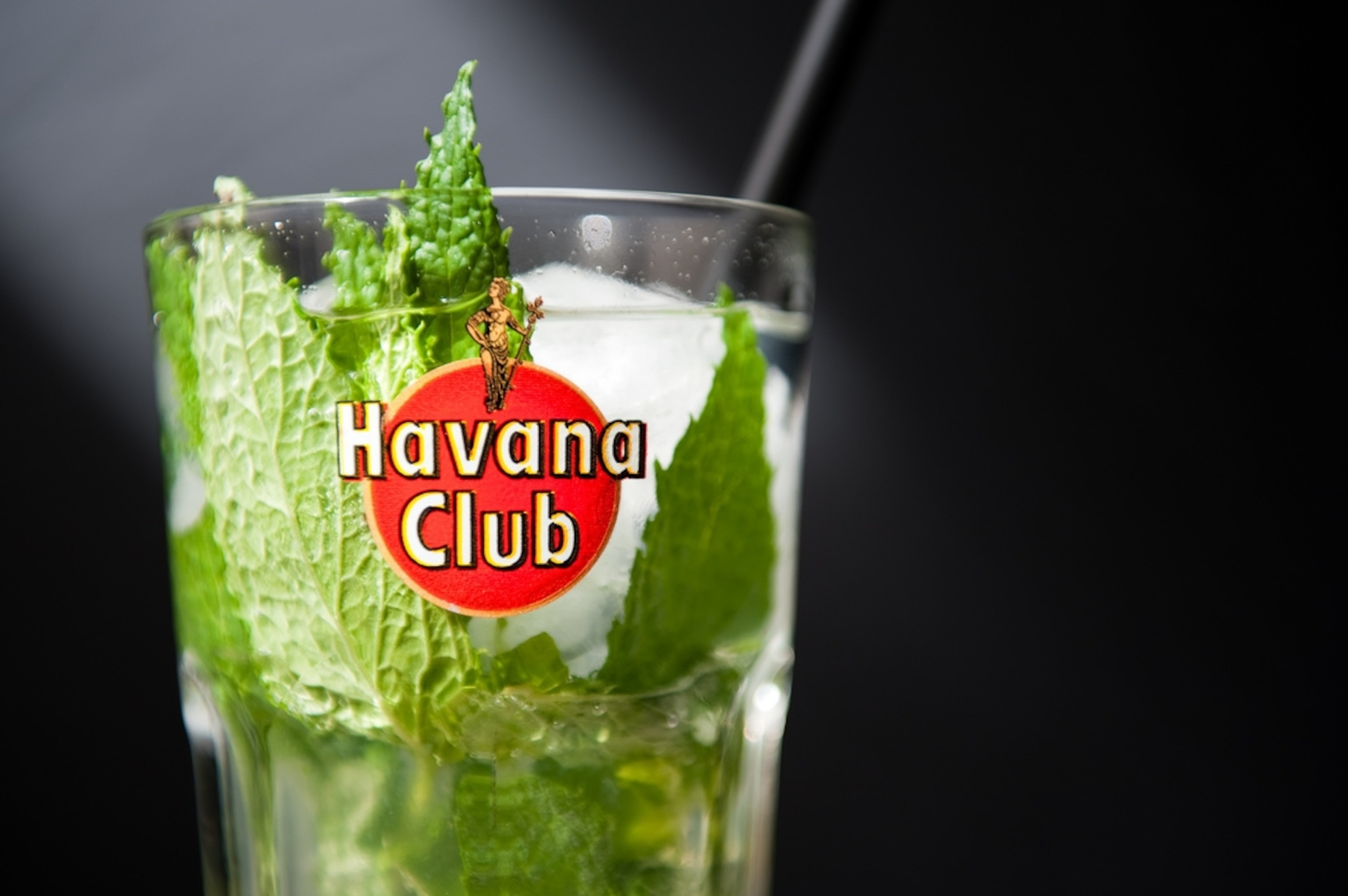
Rum: The Spirit That Fueled a Revolution
Would Americans have won independence from Britain without rum? Probably not.
On the eighteenth of April in 1775, Paul Revere–who gets a lot of credit for his famous midnight ride because Henry Wadsworth Longfellow found his name more poetic than that of William Dawes or Samuel Prescott–is said to have paused in Medford, Massachusetts, at the house of Isaac Hall.
His mission? Not only to warn of the approaching British, but likely, to toss back a slug or two of rum.
Medford, in Revere’s day, was in the midst of the American rum boom, and Hall–as well as serving patriotically as captain of the local Minutemen–owned a distillery that turned out a rum said to be strong enough to make “a rabbit bite a bulldog.” Nobody knows for sure that Revere fortified himself with Hall’s rum before galloping off for Lexington, but Wayne Curtis, author of the thoroughly fascinating And a Bottle of Rum: A History of the New World in Ten Cocktails, figures it’s a good guess. For much of the 18th century, England’s North American colonies were awash in rum.
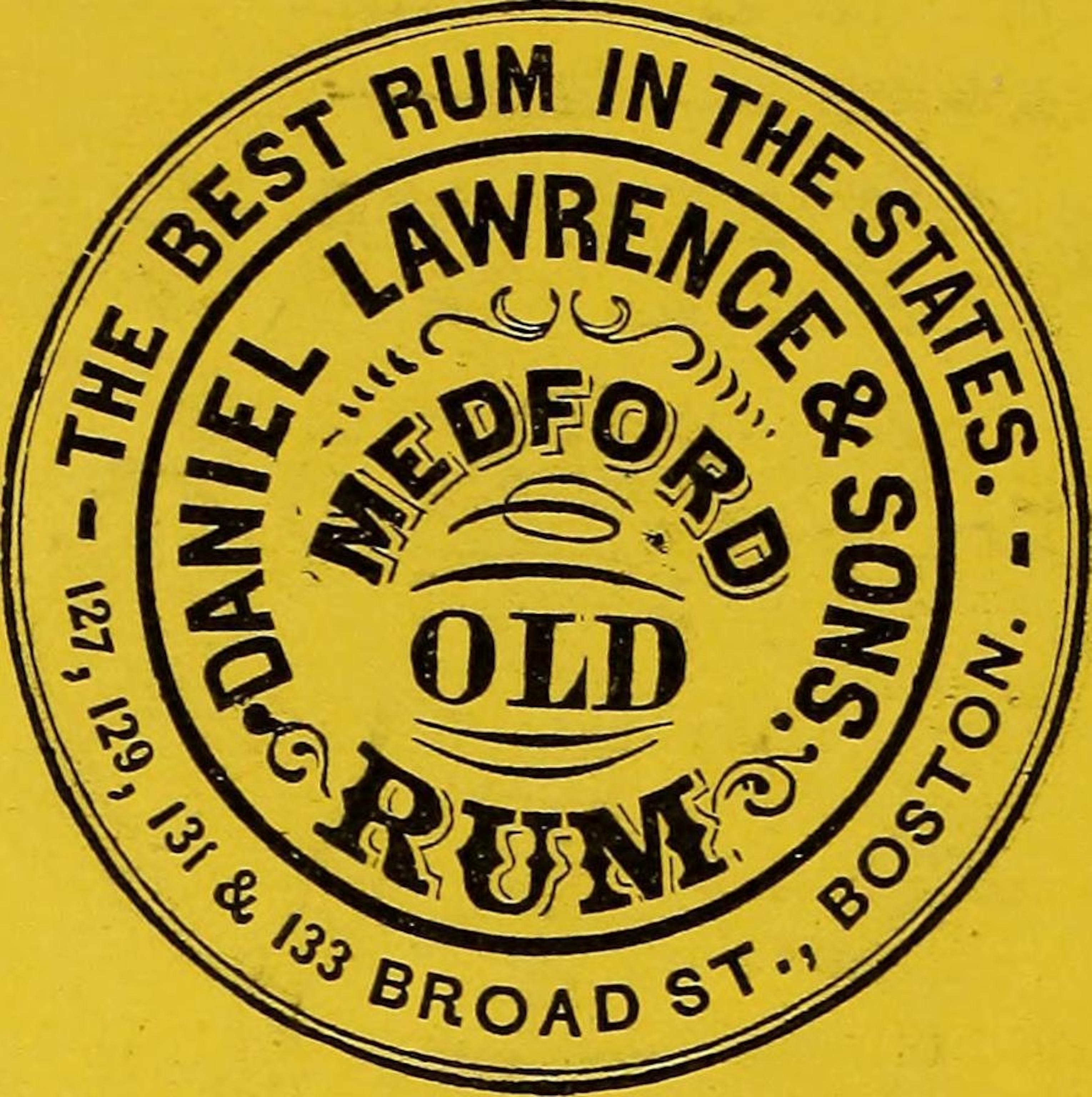
Rum–the elegant stuff of daiquiris, mai-tais, and mojitos–began as a form of sticky garbage, an offshoot of the West Indian sugar industry. Sugar culture in the Americas in turn began with Columbus who (inspired by his father-in-law, a sugar planter on the island of Madeira) brought sugar cane to the Caribbean in 1493. There, it flourished. By the 17th century, there were hundreds of sugar refineries throughout the Caribbean islands, Mexico, and Brazil.
The popular and profitable sugar refineries had two major problems: rats and molasses. Rats,whose sweet teeth could do in up to 5 percent of a given sugar crop per year, were variously dealt with by poison, ferrets, dogs, and slaves armed with clubs.
Molasses, though less damaging, was messier. It was a by-product of the sugar-making process: the boiled cane syrup was cooled and cured in clay pots with drainage holes in the bottom; as the syrup crystallized to form sugar, the leftovers–in the form of dark, caramelized goo–oozed out of the holes.
On average, about one pound of molasses was made for every two pounds of sugar, and nobody knew what to do with it. Some was fed to slaves and livestock; some was mixed with lime and horsehair to make mortar; and some was used to concoct a very ineffective treatment for syphilis. Most, however, to the tune of millions of gallons a year, was simply tossed into the sea.
No one knows who first noticed that molasses could be fermented to generate alcohol, but the breakthrough may have occurred on Barbados, a tiny pear-shaped island at the tail end of the Lesser Antilles. There, in 1647, a chatty visitor named Richard Ligon attended a party at which he was treated to a feast that included suckling pig, pineapple, and a throat-searing drink known as “kill-devil,” an early moniker for rum.
Even the authoritative Oxford English Dictionary tosses up its hands when it comes to the origin of the word “rum.” Best guess is that it’s a shortened version of rumbullion or rumbustion (also of “obscure origin”), both old British slang terms for uproar, which may have been the inevitable result of rum imbibing. Though undeniably alcoholic, the original rum doesn’t seem to have been tasty: even the perennially upbeat Ligon describes it as “not very pleasant.” More forthright critics called it “rough and disagreeable” or “hot, hellish, and terrible.” Nevertheless, it sold like hotcakes.
Pirates, traditionally, accounted for a lot of it; excavations at Port Royal, Jamaica – a famous pirate hang-out once dubbed “the wickedest city in the world” – turned up hundreds of rum bottles. (For more on pirate food and drink, check out Eat Like a Pirate.)
Even more was sold to the North American colonies. In 1699, a British observer commented that rum was “much ador’d by the American English” as “the Comforter of their Souls, the Preserver of their Bodies, the Remover of their Cares, and Promoter of their Mirth.” (It was also a sovereign remedy, he added, for “Grumbling of the Guts” and chilblains.)
By the early 18th century, nearly all the rum exported from the West Indies went straight to North America: between 1726 and 1730, Barbados and Antigua alone shipped out over 900,000 gallons. Among Benjamin Franklin’s 228 synonyms for drunk, published in 1737 in the Pennsylvania Gazette, was “Been to Barbados.”
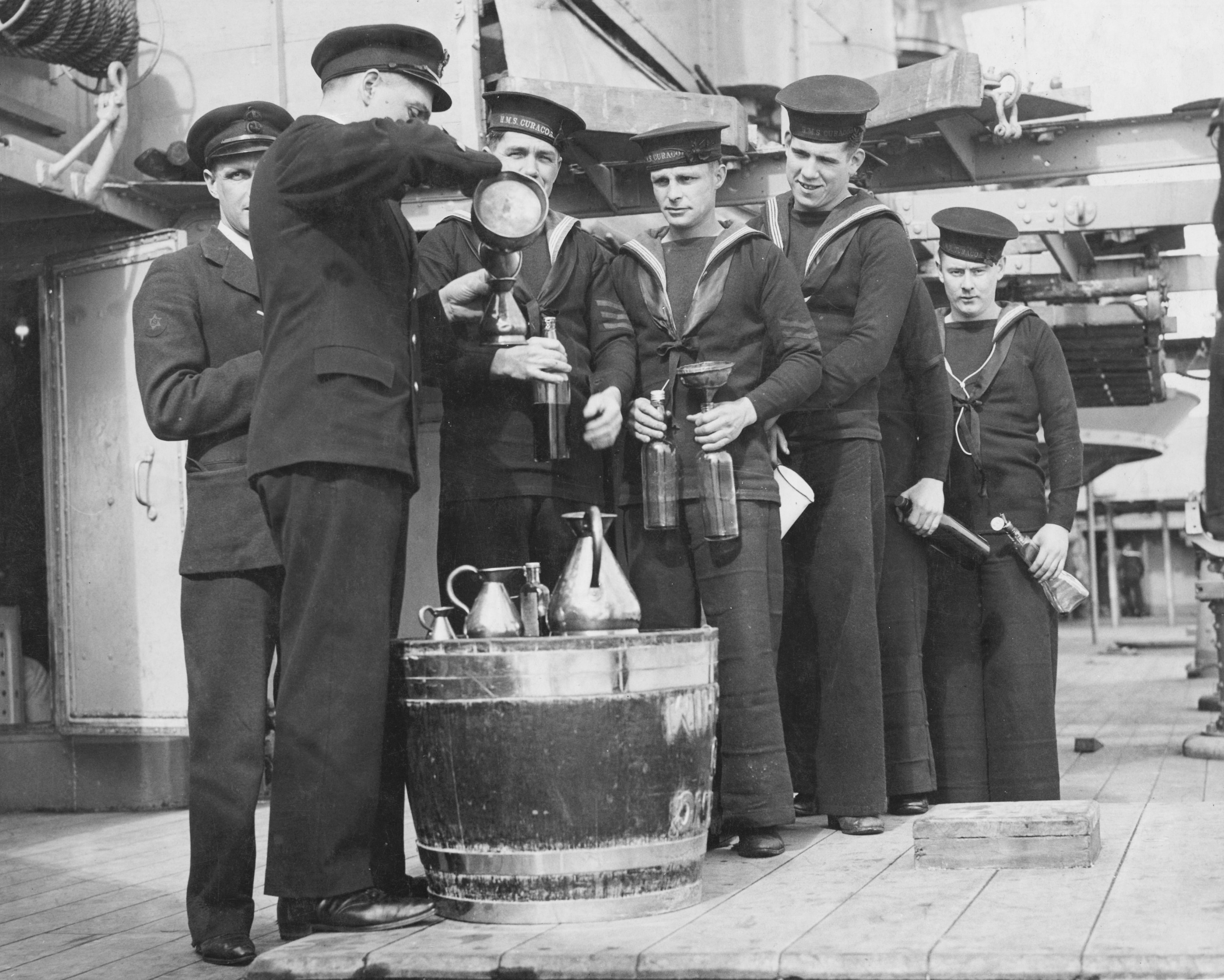
British sailors got their first official rations of rum in 1655–an administrative move that was wildly popular because rum was both stronger and it kept better than beer. It was so popular, in fact, that it soon began to interfere with naval competency, which led Admiral Edward Vernon to attack the “pernicious custom” of rum guzzling, which led to “many fatal effects” on sailors’ morals and health.
Vernon’s solution: dilute the rum. Surprisingly, this made everyone happy, including the sailors, who were still getting the equivalent of five generous shots a day. The new watered-down drinkable was promptly nicknamed “grog,” in reference to Vernon’s nickname, “Old Grogram,” from the weatherproof grogram coat he routinely wore.
By the 18th century, American colonists were not only importing rum; they were distilling their own. As of 1770, according to Wayne Curtis, there were over 150 rum distilleries in New England, and the colonists, collectively, were importing 6.5 million gallons of West Indian molasses, and turning it into five million gallons of rum. One estimate from the time of the Revolutionary War puts American rum consumption at nearly four gallons per person per year. Unfortunately, most of it wasn’t very good, but it did have the advantage of being cheap.
The exception was Medford rum. Medford rum–whether because it actually tasted better or because the Medford distillers were canny self-promoters–soon had a national reputation for high quality. Rival towns attempted to boost their sales by stenciling “Medford” on their rum barrels; and 19th-century recipes that called for rum often specified Medford rum.
By the early 19th century, however, more and more American distillers were turning to whiskey–which could be made from the ever-available corn – and rum was in decline. Still, it’s nice to think that on the fatal “eighteenth of April in seventy-five,” Paul Revere was sent on his way with a bumper or two of the colony’s very best rum.


